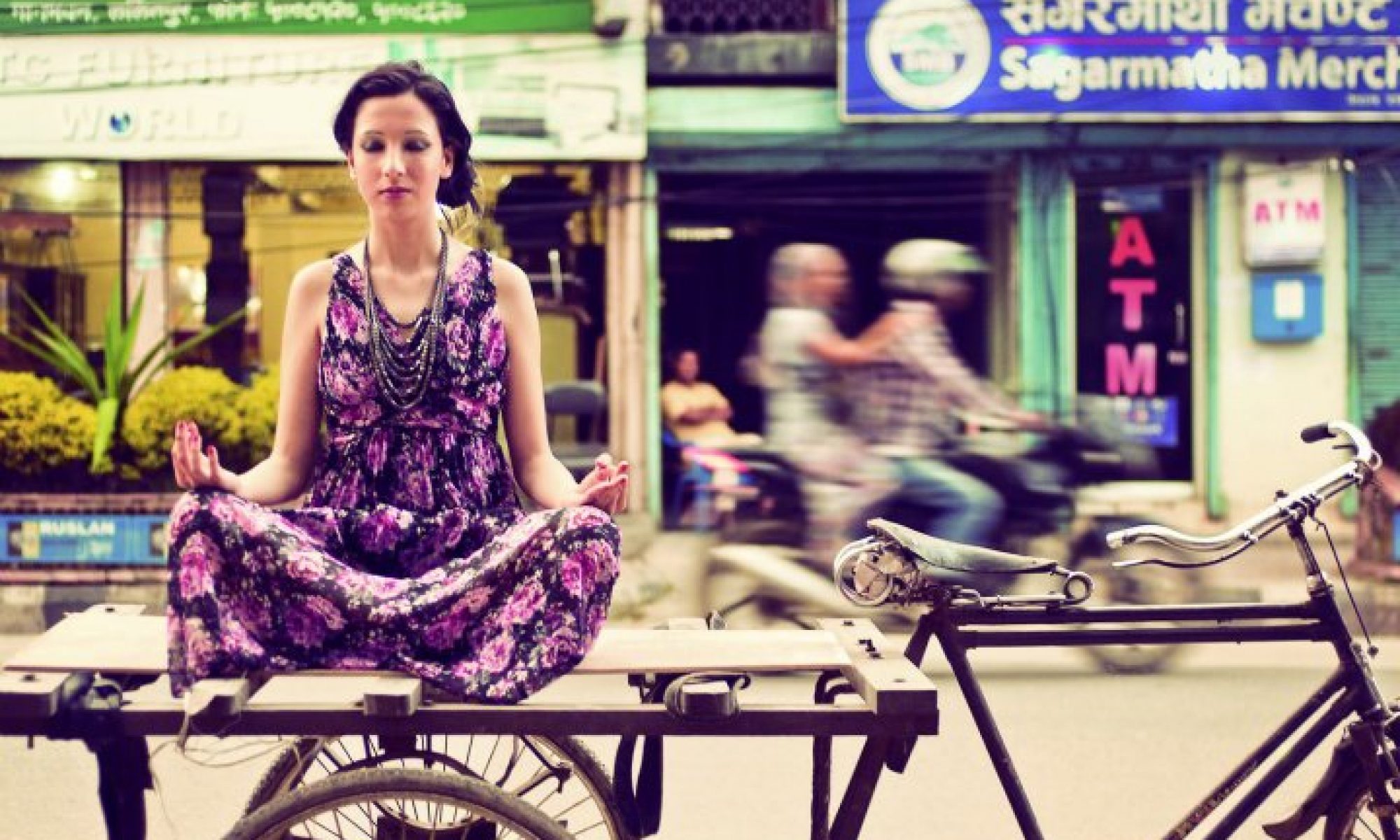Every summer since 1988, the U.S public television series, Point of View, has shown documentary films. Since early in 2006, the documentary channel has been broadcasting documentaries 24/7.Cable television networks such as HBO, The History Channel, Discovery Channel and Bravo have similarly financed and aired many first-class documentaries. Bell Auditorium at the University of Minnesota became the first theatre in the U.S air exclusively documentary films. Film festivals such as the Full Frame Documentary Film Festival, the Hot Springs Documentary Film Festival, the Yamagata Documentary Film Festival (Japan), and other film festivals are all devoted exclusively to the art of documentary.
And now shifting focus to the documentaries in Nepal, one cannot help but mention the much admired Tenzin Seshi, a robust 34 year old Tibetan man who speaks English in an eruption of phrases gleaned from quotes and Hollywood movies.
Being less scholarly and instead fascinated by glitz and glamour, Tenzin began a modeling career in 1998.Regrettably it wasn’t successful, but he persevered in the arts and in 2009 he congregated all that he had to solely organise a Tibetan cultural dance, universally known as Lung Ta, in Boudha. The event got him his first taste of triumph and also made Tenzin quite popular amongst the foreign tourists, many of who were also filmmakers. He was soon catapulted to the azure skies of cinema. Primarily he was casted in minor roles of international documentaries in countries like Germany, America and Russia.
Nevertheless Tenzing’s quest for cinema was escalating at rapid speed when in 2000 he seized an opportunity to work under a German director named Thorson Grun who not only included him in two important projects, ‘Baby massage’ and ‘Mahayana audination’, but also taught him one of the most critical component of film making- editing.
And then, in 2002, a contemporary expedition threw him into the centre of the documentary world when he worked under French director, Eric Valli, for National Geography for an assignment called ‘Honey Hunter’. In the same year he also worked with a young American director called Christ making a documentary about Tibetan singers who sang pop, rock, blues and jazz.
But it was in the closing stages of 2002 when, like a volcano about to erupt, Tenzin burst onto the stage, his raw, amateur passion driving to direct his first documentary feature film. In addition to directing, he caste and produced the film, entitled ‘Melong’ (there’s no creator or no creation, our mind is greater), exclusively on his own. **which he first projected in Bodhgaya, a holy assemblage where Tibetans from all around the globe gather. No prizes for guessing the answer, not only did he gross profit but also grossed a lot of appreciation for being the first Tibetan director as a certificate to which he was called in 2003 to Switzerland by Tibetan woman association to telecast his movie in one of the most legendary theater
Now, Like someone rightly said along with some fleeting rays of light also comes a tableau of darkness so Tenzin too was grown by stern authoritative parents who like old school thinking wanted him to do a course in engineering and get a decent job but a rebel he was. He locked himself in a begrimed space with basic necessities learning all he could about films; from the Internet, exploring his camera, writing scripts etcetera
This he did for four long years until came a day when he apprehended that the acquaintance he acquired some technical polish for which he enrolled himself in AAFT (Asian academy of film and television).
Now coming back to today Tenzin has finished his second documentary again solely produced by him labeled ‘Miliu Rinopoche'(Precious human life) and is now mastering on his third feature film labeled the ‘Great misfortune life’ due to release on the Dec 25th
And finally like one knows when ends a caterpillar comes a butterfly, in the same manner Tensing too while talking of the procrastinated future rightly claims that until now he has only fulfilled his dream by directing three movies that belonged to his native language Tibet but the vision is still left where he hopes to direct movies not only for Nepal where cinema is still to mature leaps and bounds but also for international cinema.
